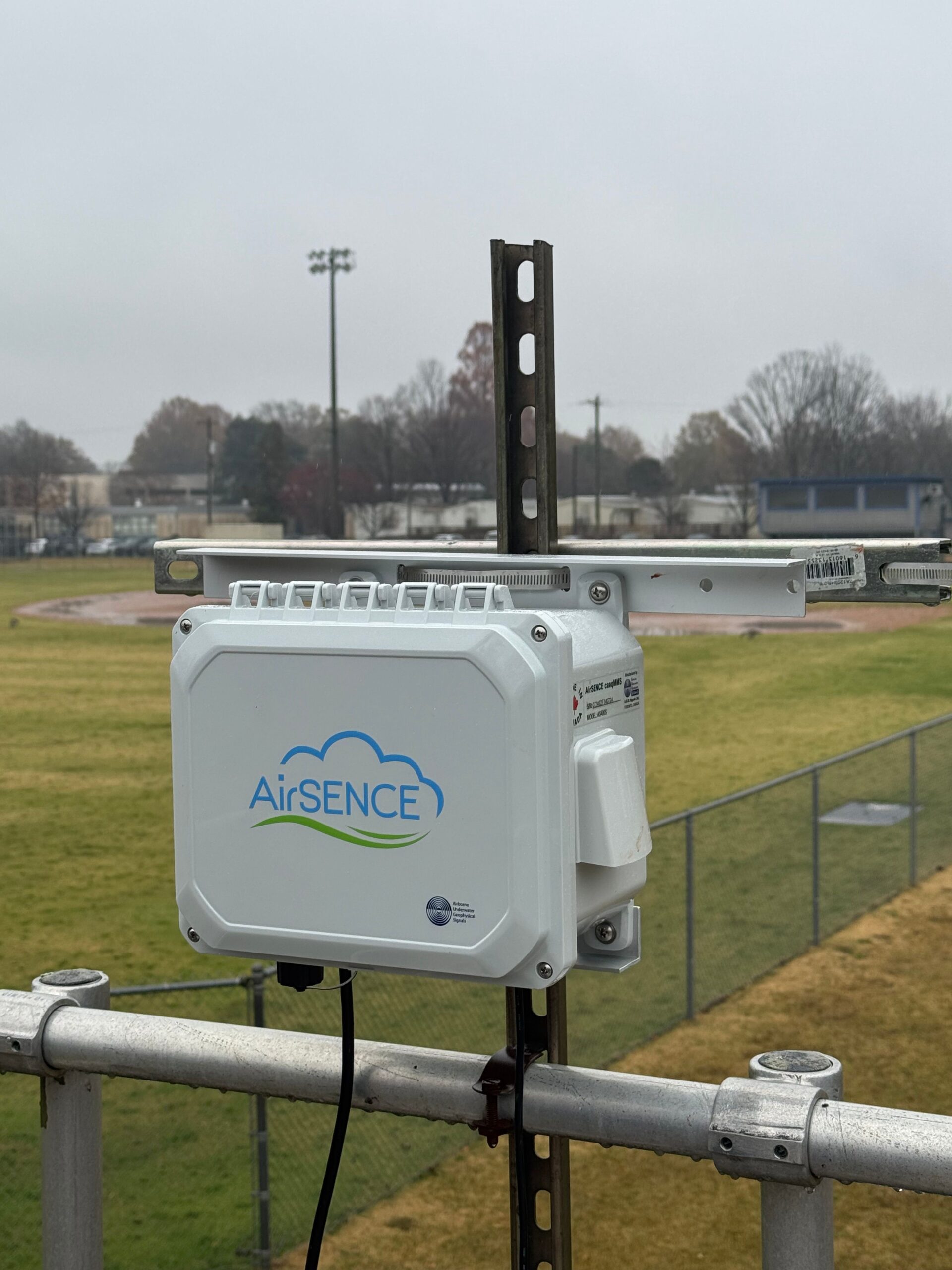AirSENCE FIRE-WATCH (Patent Pending)
Wildfires play a key role in shaping ecosystems by serving as a natural agent of renewal and change. Their positive impacts can include the removal of unwanted species from sites as well as changes in the structure of vegetation that will restrict the extent of future fire events. Fire also plays a significant role in creating landscapes, particularly heathlands, and many flora and fauna depend on wildfires to sustain the habitats in which they thrive.

The negative impacts of wildfires, however, are severe and numerous. Dramatic images from the United States, Canada, Australia, Greece, and other affected areas in recent years effectively illustrate the devastation wrought by large wildfires. Everything is scorched: homes and buildings in the fire’s path are burnt to the ground; vehicles literally melt; fragile forests and ecosystems that took hundreds of years to establish are lost; many animals perish, and the survivors are forced to flee the area in search of suitable habitat; the soil is compromised and, while resilient, can be devastated for decades in the wake of a particularly massive fire.
Thousands are killed each year as a direct result of wildfires, either by burning or acute smoke inhalation, while millions more are affected. In addition to the losses of property, wildfires can cause crippling damage to infrastructure such as roadways, power generation and transmission, communications equipment, and water treatment and distribution, all of which hamper recovery efforts. Destruction of natural resources, heritage assets, agriculture, industries, and tourism industries devastate local and even national economies.

Indirect impacts on human health due to air emissions from wildfires are more difficult to quantify, but are nonetheless consequential and far-reaching. Wildfire smoke is a complex mixture with the major part composed of particles with a diameter of 2.5 microns or less. Particles of this size and smaller are not efficiently filtered by the upper respiratory tract and therefore penetrate into the deepest parts of the lungs where they compromise respiration and stress the heart. People with chronic respiratory or cardiovascular issues therefore have an elevated risk of experiencing severe health concerns during a wildfire. The smallest particles are even capable of entering the bloodstream and causing damage to other organs.
The frequency and severity of wildfires—along with their associated environmental and socio-economic impacts—have been steadily increasing worldwide in recent decades. The overwhelming majority of scientists attribute this trend to global climate change. In addition to smoke and toxic gases, wildfires emit vast amounts of carbon dioxide, a key greenhouse gas. The increasing occurrence of wildfires, therefore, leads to more carbon dioxide in the atmosphere, which contributes to greater global warming, more wildfires, and so on.
It is well understood that if wildfires are detected early before they spread, the destruction caused by them can be minimized. The air pollutants emitted by wildfires travel long distances and if those marker air pollutants are accurately measured and scientifically analyzed with wind speed and wind direction data, then the location of the wildfire can be determined accurately and effective suppression measures are undertaken rapidly.


AirSENCE FIRE-WATCH Brochure
Major Effects
- Loss of Ecosystems and Biodiversity
- Forest Degradation
- Soil Degradation
- Air Pollution
- Economic Losses
- Impacts on Human Well-being and Health














